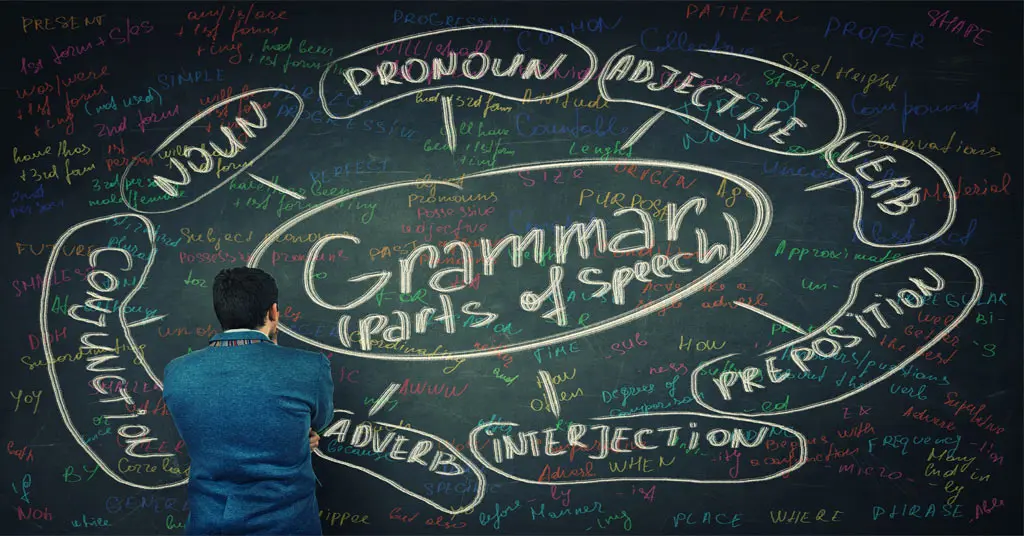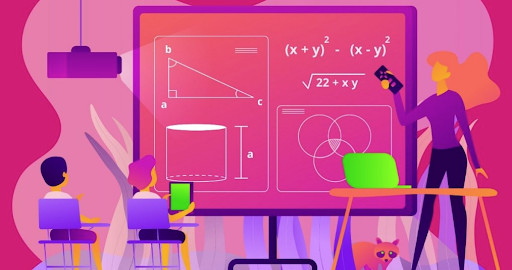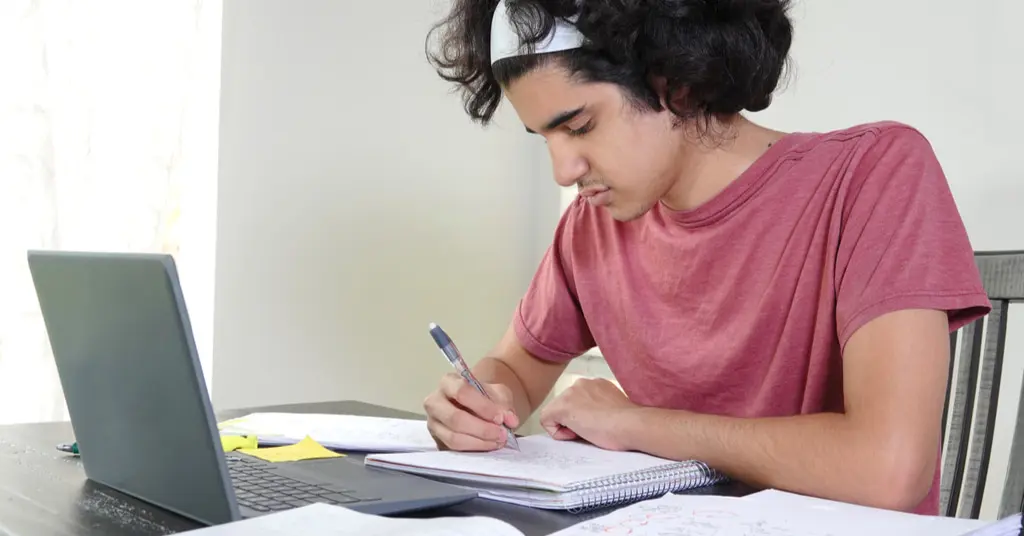What the History Passages Are Like
History passages can seem particularly daunting. They are known for being written in an old language and having somewhat complex arguments. To lighten the burden of the history passages’ heavier reading, try out these tips!
Tips for Reading History Passages
1. Make reference notes
Before you read the history passage questions, make some reference notes. You should underline the various lines that questions call upon or note the specific areas of the passage that have a question dedicated to them. As you reach these points in the text, you will know to answer the correlating question immediately.
Making reference notes while you read is also a key strategy for history passages. Look for transition words, moments of intense emotion, and main points or thesis statements as you read.
2. Be engaged
Try to get involved with the content of the passage. You can think of this tactic like the saying “fake it until you make it.” If the content seems dull or dense, put yourself into the speaker’s perspective through more active reading. You may not relate to them, but you can still be very engaged by tracking moments of emotion or shifts in mood. This is helpful not only for your engagement and reading comprehension but also for answering the little detail and author technique questions. By reading the questions first, you can be engaged by searching for relevant evidence. For more complex passages, don’t slip into reading passively.
3. Check to see if the passage has a pair
Sometimes the history passage will have a pair. This is one of the big reasons it is important to read the questions first and find out if you will navigate problems dealing with one passage or two.
Some questions are unique to a single text, and some questions ask you to evaluate both passages for the answer. For paired passages, you will need to answer questions about comparisons and potential dialogues between the two authors or speakers. When you encounter a history passage with a pair, answer the questions relevant to the first passage first. Then, move on to read the second passage and answer questions that are relevant to it. You should answer the questions about both passages last.
As you prepare for the Reading section of the SAT® exam, don’t let the old language or seemingly dense writing styles that you may come across in the history passages stress you out. By following these reading strategies, the meaning will begin to stand out to you, and you can have confidence while answering the correlating questions.
Practice these reading techniques and get comfortable with the writing in the history passages using UWorld’s SAT Prep course. We have thousands of practice problems with detailed explanations to ensure you are prepared for test day. You can also spend time reading sample passages while implementing these techniques to boost your reading comprehension and efficiency.




